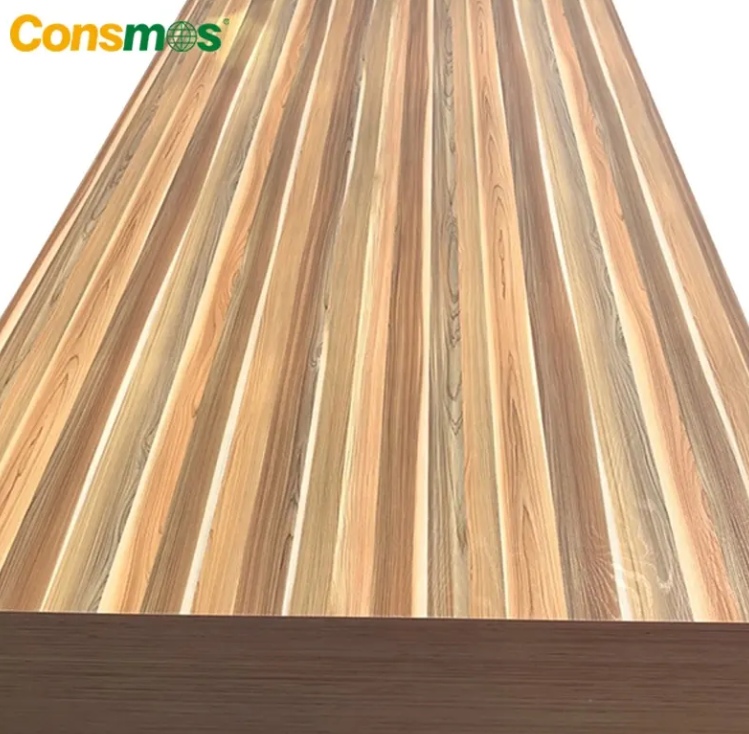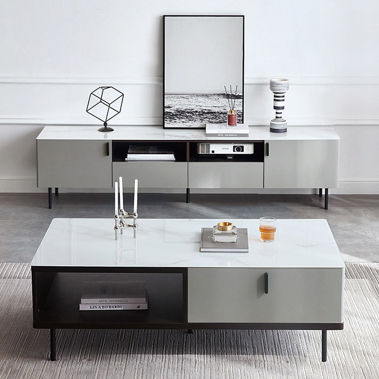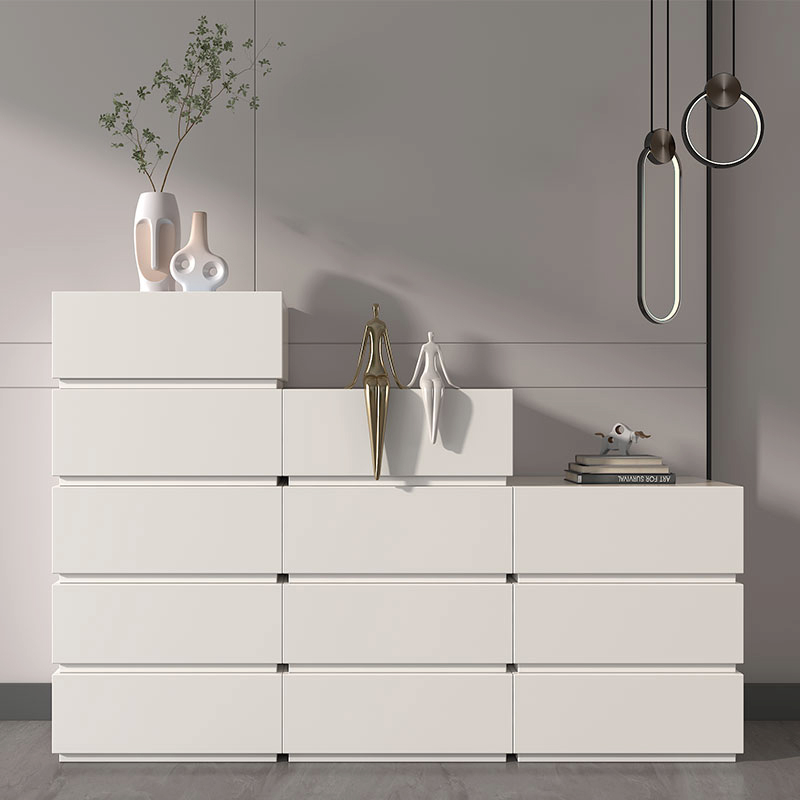Medium-Density Fiberboard (MDF) furniture with decorative veneer has become a go-to option for modern homes and commercial spaces alike. Made by laminating thin, decorative veneer sheets onto a dense MDF core, this furniture type balances style, practicality, and affordability. Below, we break down its key advantages and expert-backed maintenance practices to help you make the most of your pieces.

MDF veneer excels at mimicking high-end materials—from the natural grain of oak, teak, or mahogany to contemporary solid colors, matte finishes, or even stone-like textures. Unlike plain MDF, the veneer layer adds depth and realism, allowing the furniture to fit seamlessly into diverse decor themes: minimalist, Scandinavian, rustic, or industrial. This versatility means you can achieve a “luxury look” without the price tag of solid wood.
MDF is engineered from compressed wood fibers, resulting in a uniform density that resists warping, cracking, or shrinking—common issues with solid wood. When paired with a veneer top layer (typically 0.1–0.5mm thick), the furniture gains extra rigidity, making it ideal for high-use items like dining tables, bookshelves, and wardrobes. It also holds its shape well in varying temperature conditions (unlike plywood or particleboard).
MDF is more affordable than solid wood, and the thin veneer layer keeps production costs low—yet the final product looks far more premium than laminate or plastic alternatives. This makes MDF veneer furniture perfect for budget-conscious shoppers who want durable, stylish pieces (e.g., renters, new homeowners, or small businesses).
The smooth veneer surface repels dust and minor spills, making daily upkeep simpler than porous solid wood. Unlike uncoated MDF (which absorbs moisture), veneer-sealed MDF resists stains from coffee, juice, or food—though proper cleaning is still key (see Section II).
Many MDF veneer products use recycled wood fibers in the core, reducing reliance on virgin timber. Veneer production also requires far less wood than solid wood furniture: a single tree can yield hundreds of veneer sheets, compared to just a few solid wood pieces. Look for FSC-certified veneer to ensure responsible sourcing.
To preserve the veneer’s finish and extend the furniture’s lifespan, follow these practical rules:
MDF is porous and absorbs water easily—even a small spill can cause the core to swell and the veneer to peel.
- Wipe up spills immediately with a dry, soft cloth. Never let water sit on the surface.
- Avoid placing MDF veneer furniture in damp areas (e.g., bathrooms, laundry rooms, or unventilated basements).
- Use coasters for drinks and placemats for wet dishes—even a cold glass can leave condensation marks.
Prolonged sun exposure fades veneer colors and dries out the adhesive holding the veneer to the MDF core.
- Position furniture away from windows, or use sheer curtains to filter sunlight.
- Keep it 2–3 feet away from heat sources (radiators, space heaters, oven vents)—extreme heat can cause the veneer to crack or bubble.
- Daily dusting: Use a soft microfiber cloth to remove dust—abrasive cloths (e.g., paper towels) can scratch the veneer.
- Stain removal: For mild stains (e.g., food, coffee), dampen a microfiber cloth with warm water and a drop of mild dish soap (avoid bleach, ammonia, or furniture polish with silicone). Wipe the stain gently, then dry immediately with a clean cloth to prevent moisture seepage.
- Never soak: Never use a wet sponge or submerge any part of the furniture in water.
- Attach felt pads to the bottom of chair legs, table bases, or decorative items (e.g., vases, lamp stands) to avoid scratches when moving them.
- Use tablecloths or placemats for high-traffic surfaces (dining tables, desks) to protect against sharp objects (keys, scissors) or hot dishes (always use trivets for hot pots/pans).
- Never drag furniture—lift it gently when repositioning, as friction can damage the veneer edges.
- Peeling veneer: If a small section of veneer starts to lift, clean the area with a dry cloth (remove dust), apply a tiny amount of wood glue to the underside of the veneer, and press it firmly back into place. Use a heavy book (wrapped in a soft cloth) to weigh it down for 24 hours.
- Minor scratches: For light scratches, use a veneer touch-up pen (matching the color) to hide the mark. Avoid sanding—sanding will remove the thin veneer layer entirely.
- Deep damage: For large peeling areas or cracked MDF core, consult a professional furniture restorer—DIY fixes may worsen the issue.
MDF veneer furniture offers an unbeatable combination of style, durability, and affordability—making it a smart choice for any space. By leveraging its aesthetic versatility and structural stability, you can elevate your decor without overspending. And with simple maintenance (guarding against moisture, avoiding harsh cleaners, and preventing scratches), your MDF veneer pieces will stay looking like new for years to come. Whether you’re furnishing a small apartment or a commercial office, MDF veneer furniture proves that quality doesn’t have to come with a luxury price tag.












